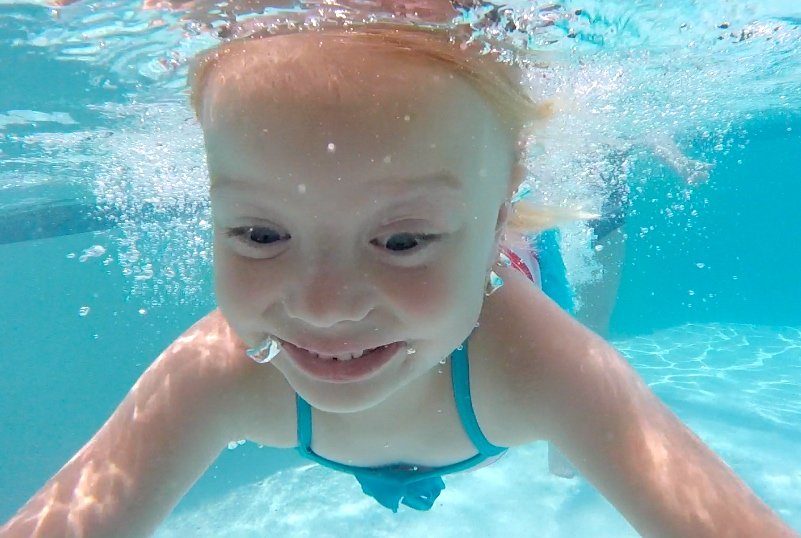
FAQs:
WHY ARE LESSONS 10 MINUTES OR LESS?
Our number one reason is always safety. Lessons are mentally and physically demanding for little ones and we never want to fatigue or exhaust them. For their little bodies, this can be quite the workout, so we make sure to limit the time they’re in the water because we want to be sure to see them the next day.
The second reason is for retention of skills. It’s proven that children in this age range attain skills best within the first 10 minutes!
ARE THESE GROUP LESSONS?
Every lesson with ISR is one-on-one and individualized for each student. This means we never have more than one student in the water at a time and keep a 1:1 student to Instructor ratio.
DO PARENTS GET IN THE WATER?
Parents do not get in the pool for lessons. However, we encourage parents to sit poolside and cheer on your little ones, as you're their support team!
Our research shows that parents often find it too difficult to be objective and effective teachers in the water, which is exactly why we’re here to help your little ones master their ISR Self-Rescue® Skills.
Parents are invited into the pool during the last week of lessons (this will be discussed with your Instructor beforehand). During this time we teach you how to maintain your child’s new skills while in the water and how to properly promote their ISR Self-Rescue® Skills.
WHY ARE LESSONS 5 DAYS A WEEK?
We know 5 days a week might seem daunting, but we promise it’s worth it! Like we said before, ISR Self-Rescue® Skills are developed just like any other sensorimotor skill. When learning to walk, crawl, or even ride a bike, it’s the practice and repetition that makes for success. Imagine if you only had worked on those skills once a week?
Practicing ISR Self-Rescue® Skills on a consistent basis allows for muscle memory to form. Muscle memory is what allows your child to Self-Rescue as soon as they hit the water.
WILL MY CHILD CRY DURING LESSONS?
For most children, crying is developmentally appropriate and their only way of communicating. Typically, once your child gains the confidence in their new skills, the crying diminishes. Instructors are use to this behavior so don't be concerned about tears interfering with lessons!
Learning new skills, with a new person, in a new environment— who wouldn’t be upset at first? The cry we hear oftentimes in the water is the same cry you get when you take away a toy, don’t let them eat dirt, or even put them in their car seat. It’s a protest and their way of saying they aren’t happy to be here. Remember, this is their way of communicating with us since most children are not yet verbal.
We like to tell parents/guardians that if you can make if through the first couple of weeks, it gets easier. Remember, every day at lessons is another day of building in-water confidence and another day closer to your child being fully skilled. You’ve got this!
HOW IS ISR DIFFERENT THAN TRADITIONAL SWIM LESSONS?
ISR is the product of over 50+ years of ongoing research. Rather than blow bubbles and sing songs, our primary focus is to make sure each student can SURVIVE in the water and be an aquatic problem solver. We give them real life situations, like using their skills in full clothing, to make sure they are prepared for a real life drowning scenario. Our goal is to always do what is safest for each child and what is best for their survival.


